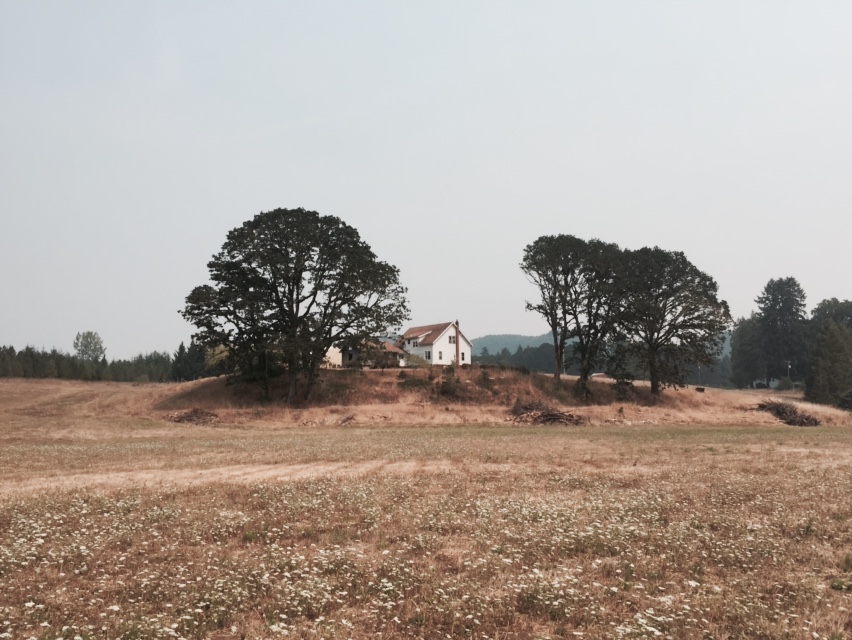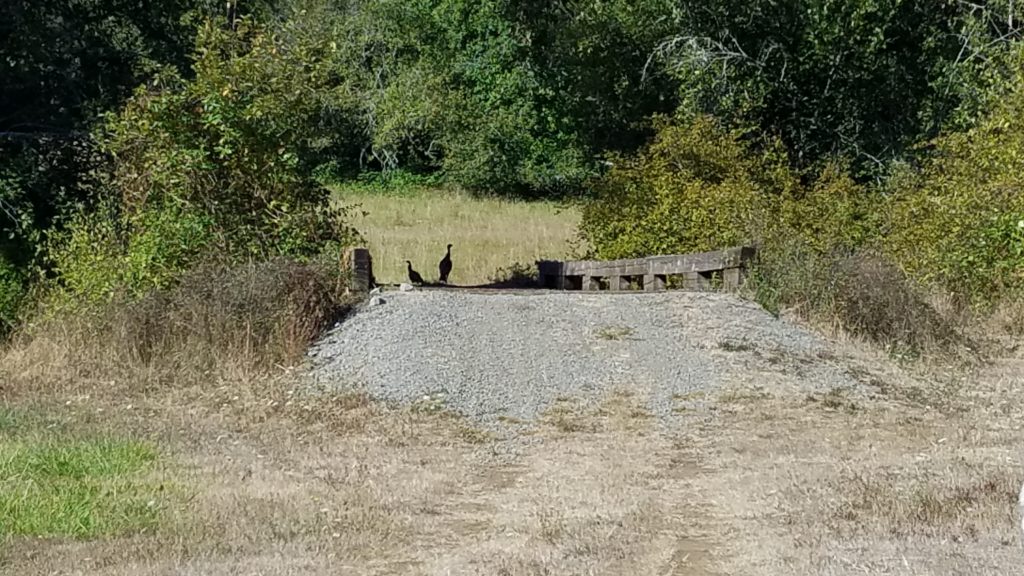
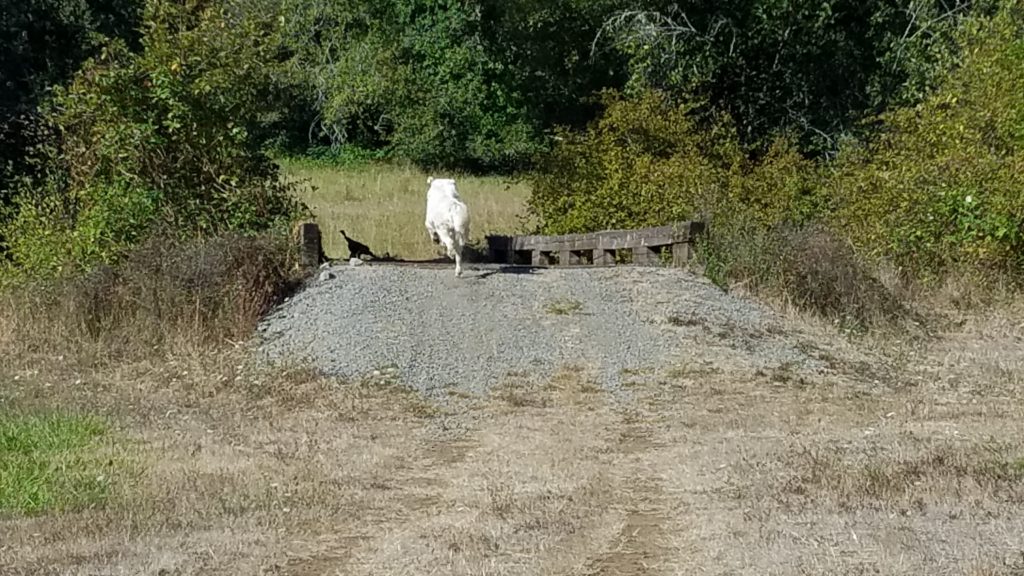
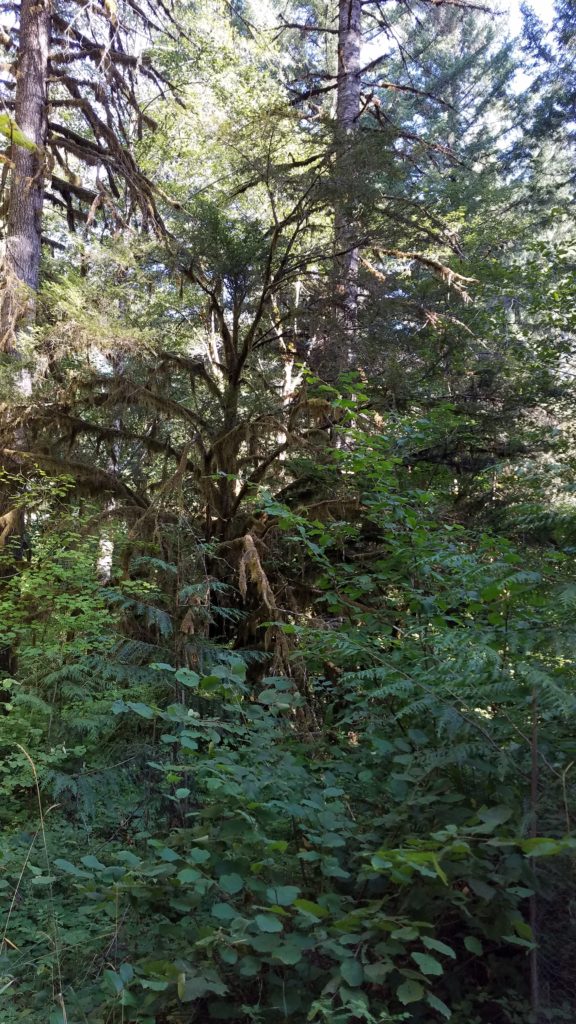
Taxus brevifolia, commonly known as the Pacific Yew or Western Yew is part of the Taxaceae family.
Let’s start with Yew’s dark side. Once called the “graveyard tree” in England (Stewart, 2009) the Yew has a reputation for sudden death in both people and livestock. There are even some reports of ancient yews being uprooted with bones intertwined in their roots (Stewart, 2009). Every part of the tree is poisonous excluding the red arils, although these still contain a poisonous seed. Children are highly susceptible to poisoning due to the enticing berries and livestock and pets have had a bleak history with yew. Once used for suicide during war times even food and drink vessels made from the wood of the yew could poison those who ate from them (Stewart, 2009). This historically deadly tree owes its fame to an alkaloid, specifically Taxine. This phytochemical is stored in almost every part of the tree but its red, juicy arils, and is the yews main form of defense (Bryan, 2011). Being that trees can’t move when they are attacked they have to be creative in their defense mechanisms. Although Taxine is deadly Yew also has another chemical up its sleeve, Taxane.
So how did the Yew go from deadly to medicinal? In 1962 the US National Cancer Institute collected plant specimens all over the country to test for any useful cancer treatment properties. The bark of T. brevifolia was found to have taxanes, a diterpene, which contains paclitaxel. This discovery was significant because paclitaxel has chemical properties that, when in the body of an animal, disrupt mitosis and acts as an antitumor treatment (Abal, 2003). Once it was found that Yew bark was a source of this new anticancer drug there was a rush to collect as much as possible putting the trees in danger of extinction. Push-back from environmental groups who feared losing these trees helped drive the pharmaceutical industry to create a synthetic version of the phytochemical (biologically active chemicals in plants). With the discovery of endophytic fungi growing with Yew trees and producing paclitaxel some relief may come to the trees, though this is still a relatively new discovery (Somjaipeng, 2016). Taxol has not yet been entirely synthesized and the trees remain one of the best sources of Paclitaxel. Scientists are searching Taxus species around the world for more taxanes that may contain similar properties similar to Paclitaxel as starting materials for synthesis (Sun, 2015). Taxol, the partially synthesized drug derived from paclitaxel, has now made its way into mainstream treatment of breast and ovarian cancers. This treatment is due to the interactions between Taxol and the way our cells divide.
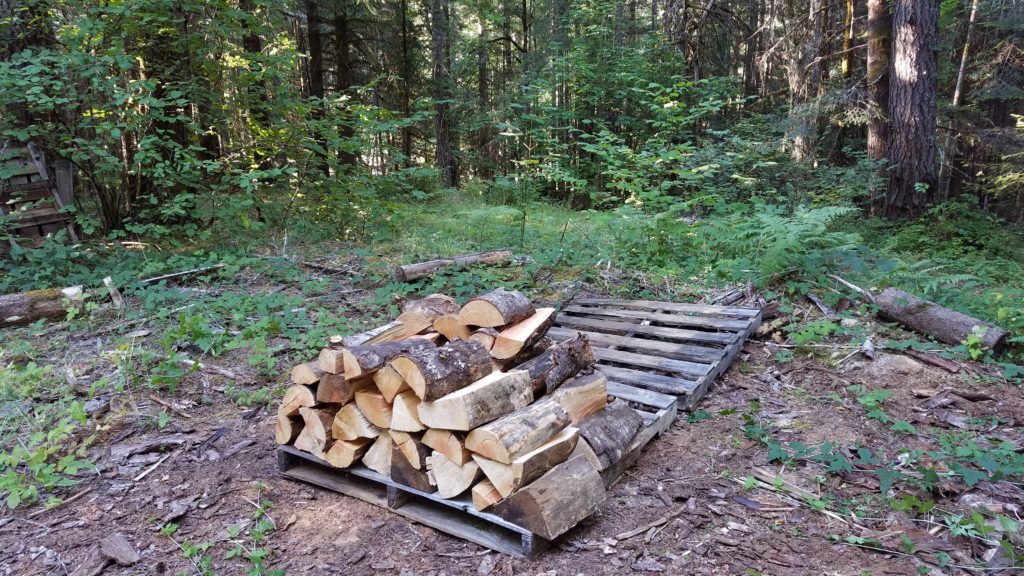
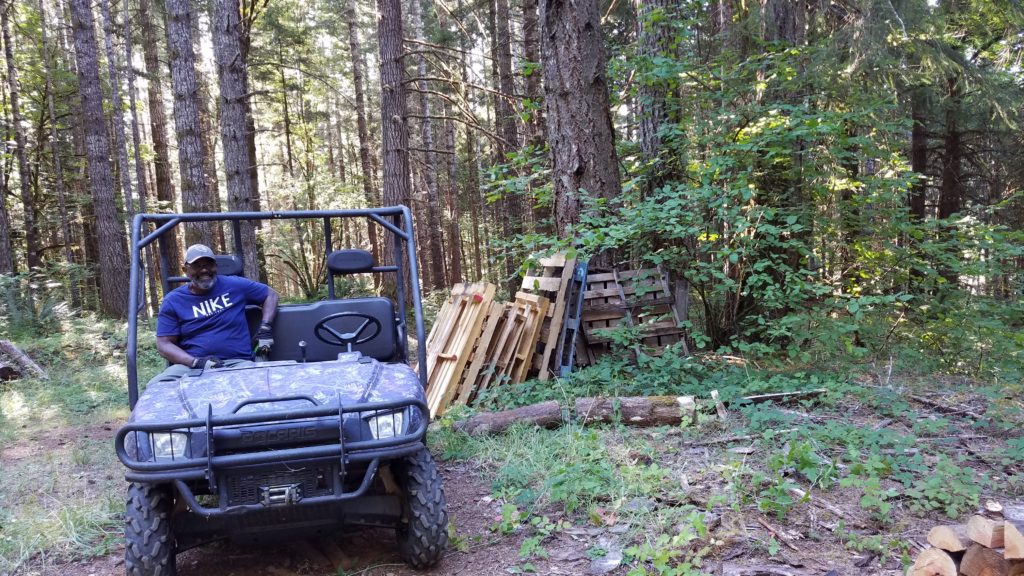
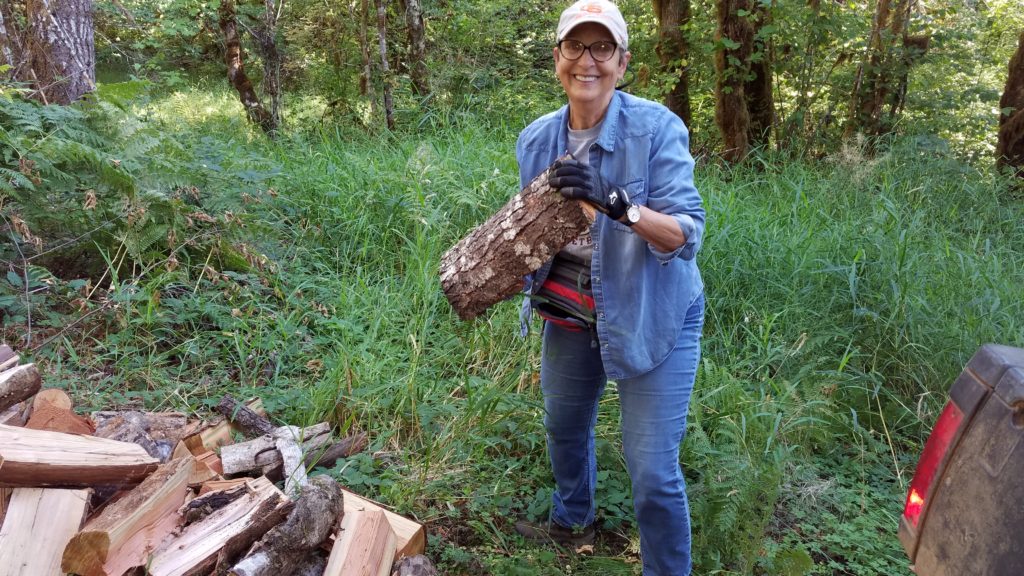
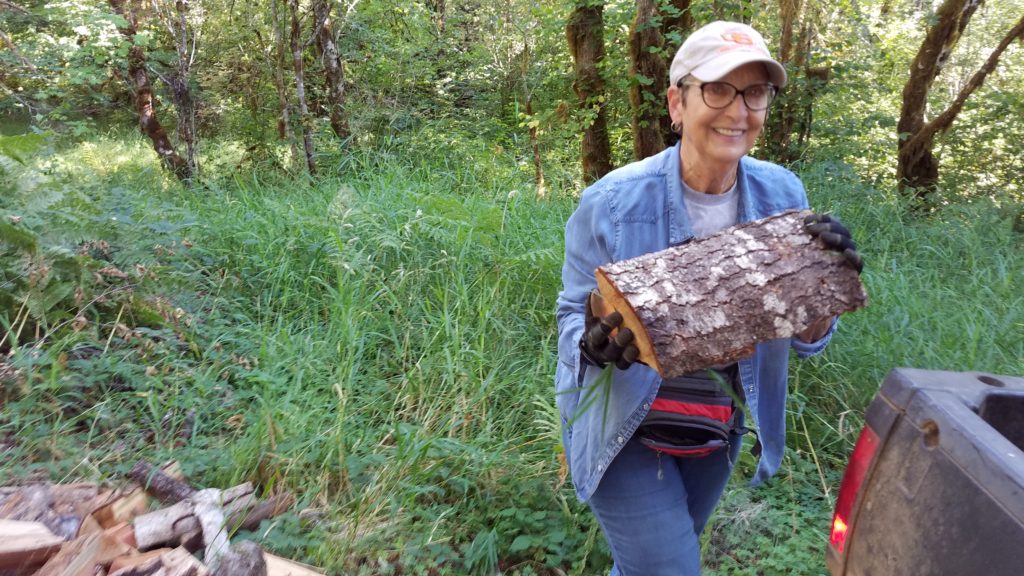
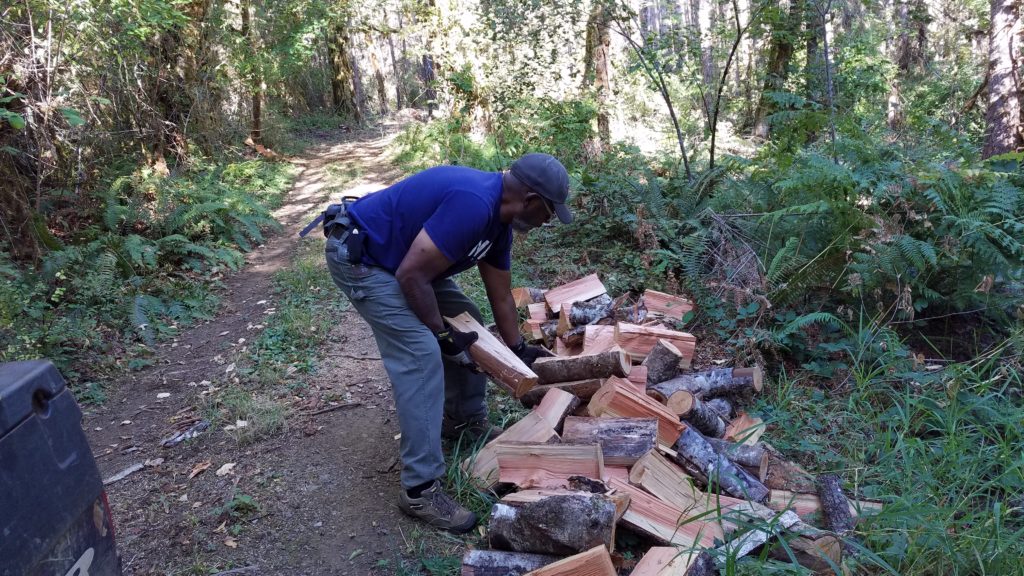
![]()
